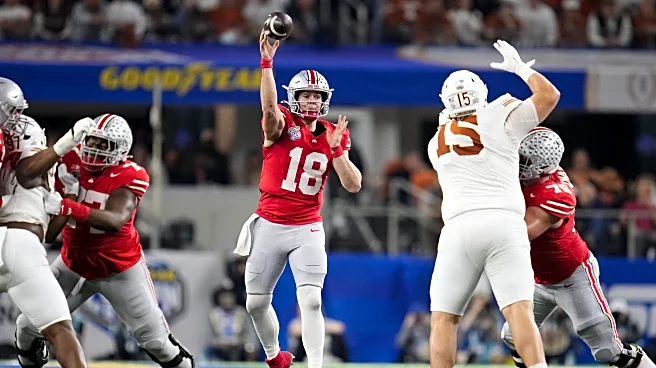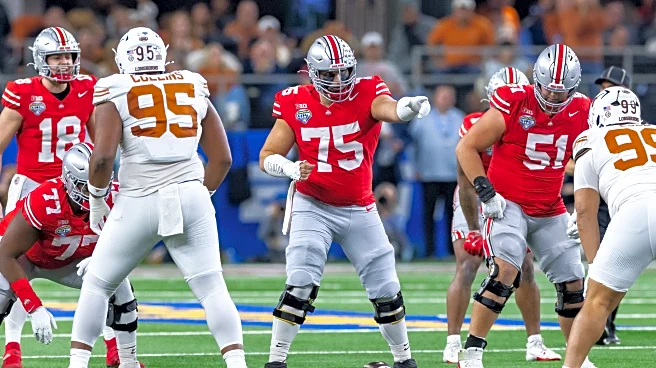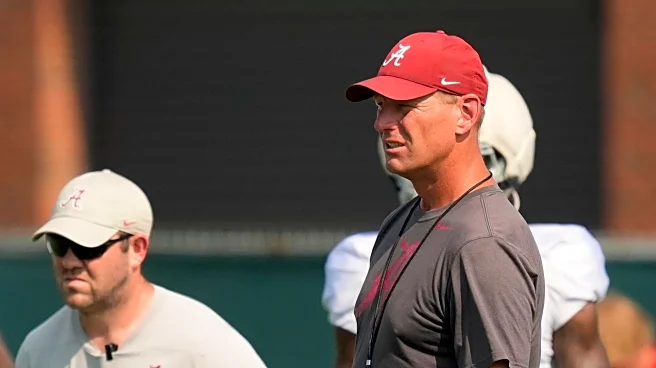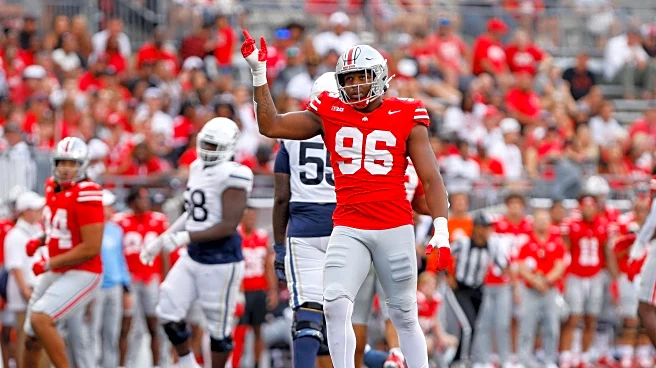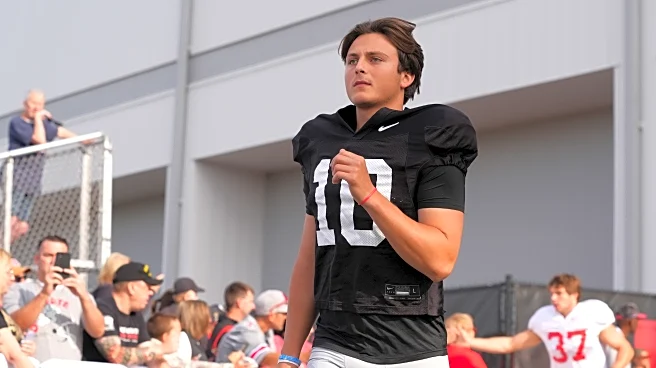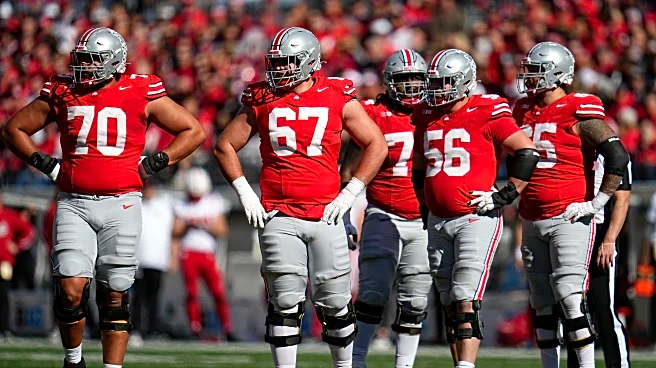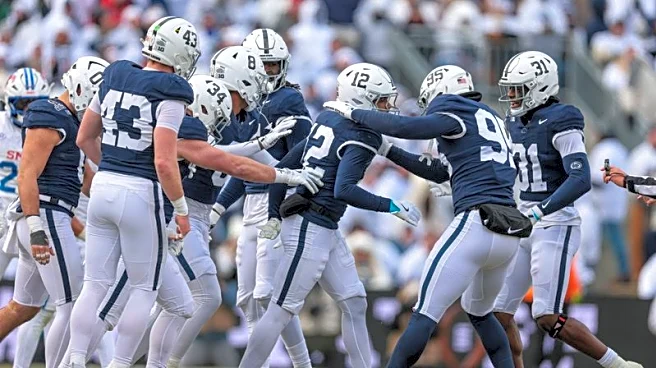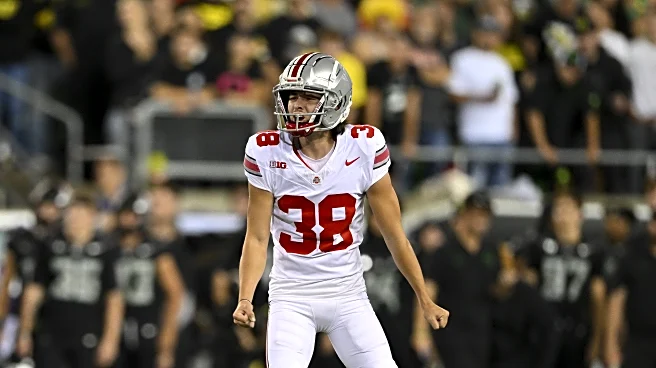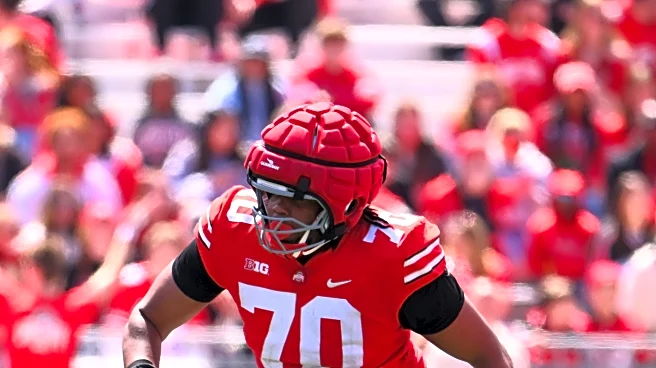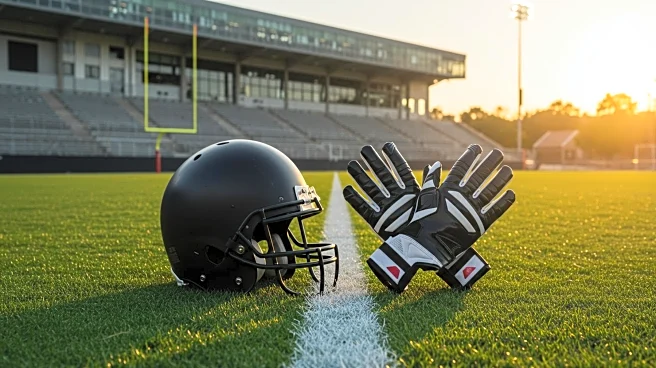
Everybody knows that one of the best parts of being a sports fan is debating and dissecting the most (and least) important questions in the sporting world with your friends. So, we’re bringing that to the pages of LGHL with our favorite head-to-head column: You’re Nuts.
In You’re Nuts, two LGHL staff members will take differing sides of one question and argue their opinions passionately. Then, in the end, it’s up to you to determine who’s right and who’s nuts.
This week’s topic: What will determine who wins the Texas game?
Gene’s Take: Can Texas slow down Jeremiah Smith again?
Part of the reason why the last meeting
between these two teams was so close was Texas’ ability to take Jeremiah Smith out of the game. The freshman phenom put up a ridiculous 381 yards on 19 catches with five touchdowns during the College Football Playoff, but only three of those yards on one single reception came against the Longhorns.
Texas’ entire defensive ideology was built around stopping Smith. They sent double and triple teams his way, collapsed the defense to his side of the field, and denied his ability to pick up any sort of momentum.
The Longhorn secondary was willing to let guys like Carnell Tate and Emeka Egbuka beat them, and they had solid afternoons with seven catches for 87 yards and five catches for 51 yards, respectively, but they had to stop Smith’s game-breaking ability at all costs.
That said, two of the guys primarily responsible for that effort are now gone. Jahdae Barron, Texas’ top-rated cover corner and highest PFF-graded defender from last season, was a first-round pick by the Denver Broncos, and safety Andrew Mukuba, the second-highest PFF-graded defender for the Longhorns in 2024, was a second-round pick by the Philadelphia Eagles.
Barron and Mukuba weren’t the only two players tasked with slowing down Smith last time out, but they did the majority of the heavy lifting, and both are no longer on the roster. Texas’ top two corners this season, Malik Muhammad and Jaylon Guilbeau, while good players in their own right, both finished 2024 with PFF coverage grades below 72.
There’s no saying those guys won’t have improved this offseason, and they will get some help from returning safety Michael Taaffe (88.8 PFF coverage grade), but it probably won’t be the same as having a pair of top-65 overall NFL Draft picks in charge of keeping the country’s best player in check.
Texas’ defensive strategy against Ohio State worked, even in a loss. The Longhorns only allowed the Buckeyes to score 21 points on offense — by far their lowest total of the College Football Playoffs — with Jack Sawyer scoring on defense. There is no doubt that Steve Sarkisian and defensive coordinator Pete Kwiatkowski will look to repeat that performance in Columbus.
The question is: can they keep Jeremiah Smith down a second time?
Matt’s Take: How Ohio State’s offensive line stands up to Texas’ pass rush
In the College Football Playoff semifinal in January, the Texas defense generated 15 tackles via pass rush and recorded 3 sacks, 9 hurries, and 2 batted passes. Clearly, that worked hand-in-hand with the secondary’s ability to bracket Jeremiah Smith, as Gene discussed, to limit the Buckeyes to just 21 offensive points, the team’s lowest of the postseason.
As the two teams prepare to open up their respective 2025-26 seasons on Saturday, how the Buckeyes are able to withstand the Longhorn pass rush will be a major factor in determining who leaves The Horseshoe with the W. Unlike in the CFP matchup seven months ago, the veteran Will Howard will not be behind center for OSU. Instead, it will be sophomore Julian Sayin making his first collegiate start.
Fortunately for the Buckeyes, their offensive line has been one of the standout stories of preseason camp, with enthusiasm for the unit as high as it has been in years. With Austin Siereveld seemingly locking down the left tackle position, Luke Montgomery, Carson Hinzman, and Tegra Tshabola manning the inside, and transfers Ethan Onianwa and Phillips Daniels battling at right tackle, the line is exceptionally solid and should go a long way to keeping the OSU QB clean.
Regardless of OSU’s o-line prowess, Texas defensive coordinator Pete Kwiatkowski will undoubtedly be looking to do whatever he can to disrupt Sayin’s timing in the pocket. However, he will have to do it with a completely new set of chess pieces than he had last time around. All four Longhorn defensive line starters from the Cotton Bowl are now gone; in fact, only two players from the d-line two-deep are even still on the roster.
Reserves Ethan Burke and Colin Simmons are now the starting defensive ends, with Penn State and Purdue transfer Cole Brevard and Syracuse transfer Maraad Watson occupying the interior. Simmons had a solid game for UT, totally four total tackles and a pair of pass breakups; Burke added another tackle. Simmons was the top-rated edge rusher last year for Texas, according to Pro Football Focus, despite not being a starter, while Burke was middle of the pack.
In two career games against the Buckeyes — both as a Boilermaker — Brevard has totaled three tackles, including one sack. So, much like the Buckeyes’ quarterback, the Texas defensive line has a lot to prove as well.
With new faces on both sides of the ball, Texas’ pass rush ability against a first-time starting quarterback is not only extremely important, but also absolutely intriguing when it comes to determining who will end the game as the No. 1 team in the country (sorry, Penn State, opening against Nevada isn’t going to help you much here).
